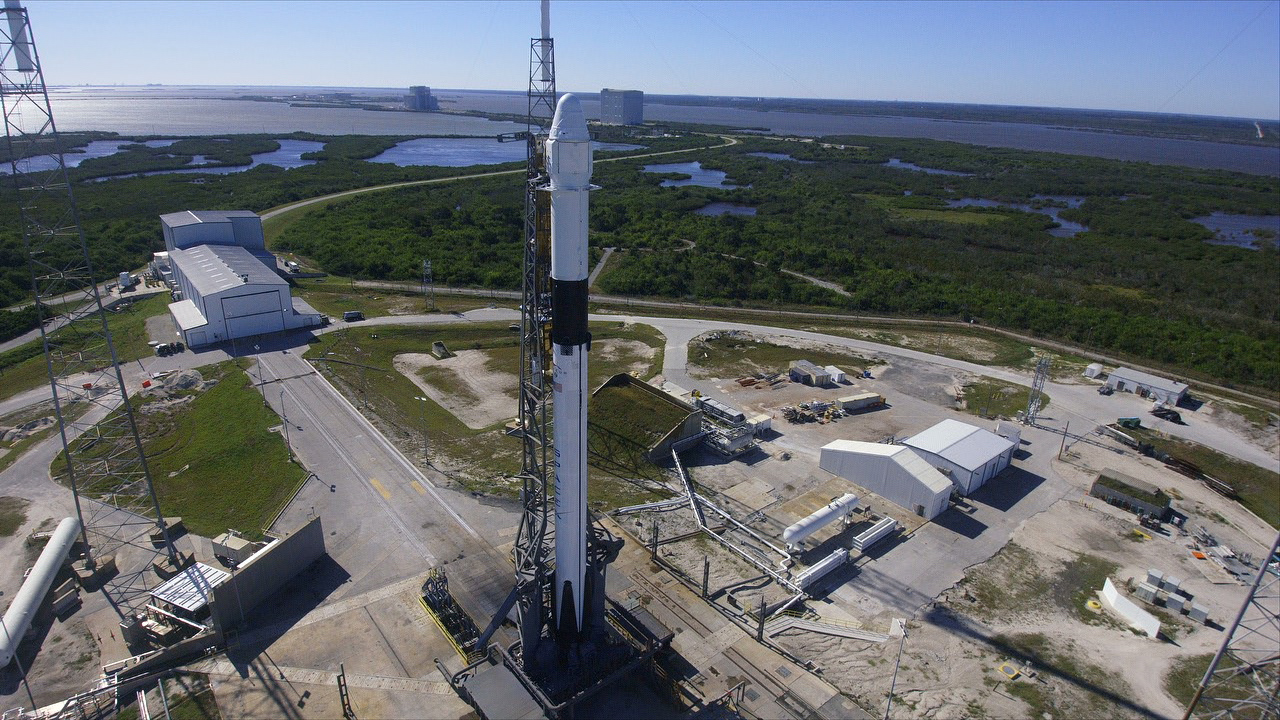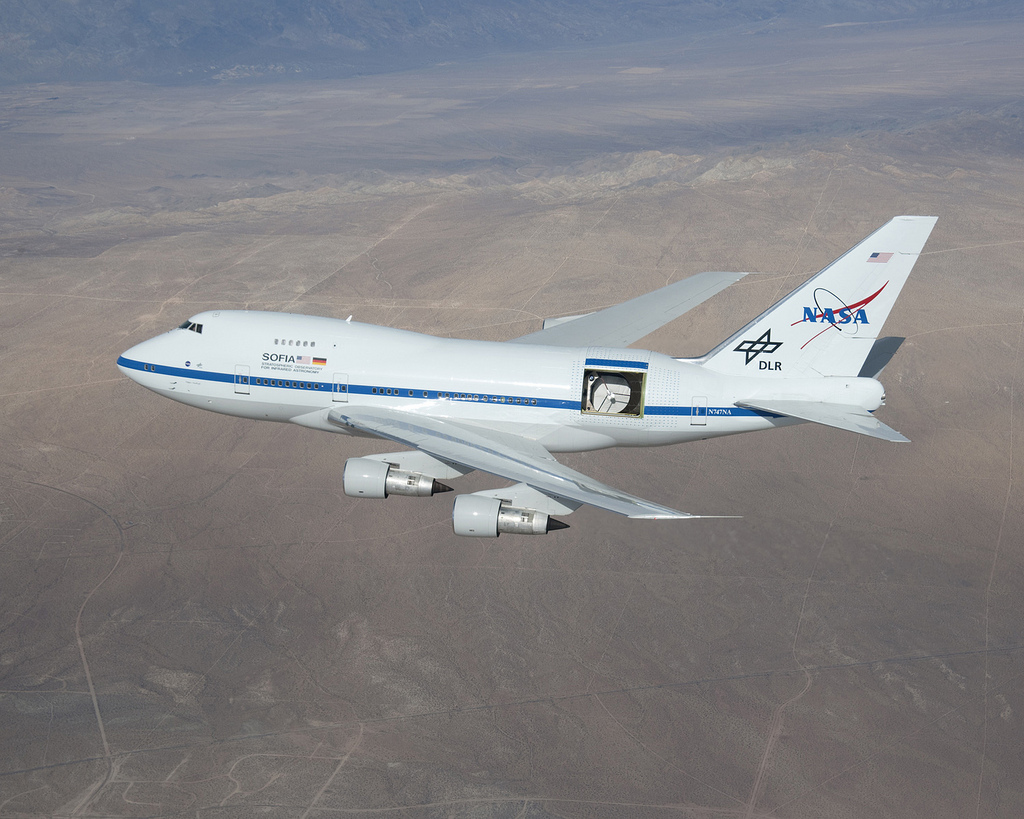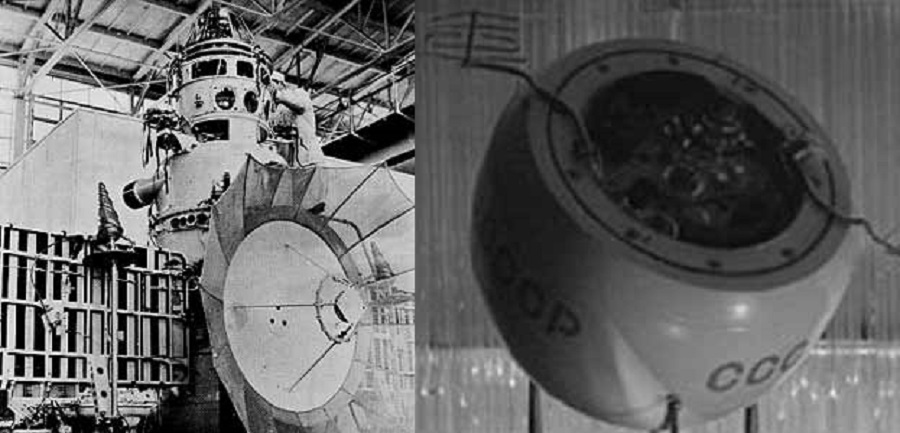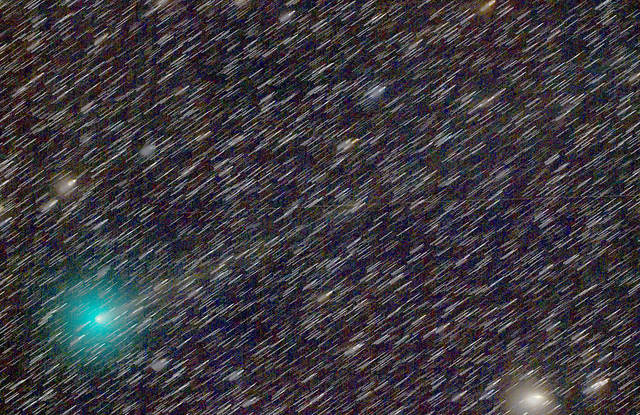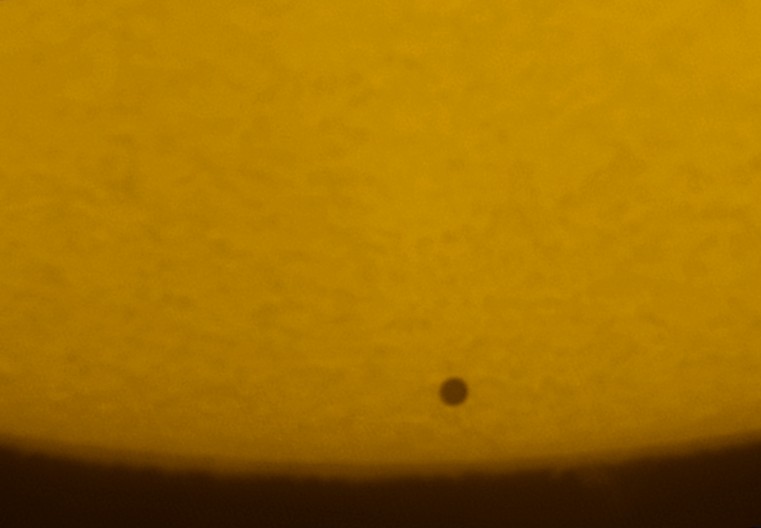Have you seen Starlink? It all started, as all good breaking astronomical events seem to do, late on a Friday night. We got the notification first from veteran satellite tracker Dr. Marco Langbroek over in the Netherlands via the venerable See-Sat-L message board, and on Twitter soon after:
Continue reading “Catching a Ride on the Starlink Satellite Train: Midnight Marvel, or Night Sky Menace?”Friday’s SpaceX Dragon Launch CRS-17 to Light Up the U.S. East Coast
Update: The CRS-17 launch has slipped to Friday, May 3rd, to give NASA time to evaluate electrical issues aboard the International Space Station. Follow us (@Astroguyz) on Twitter for further updates on the visibility prospects of the mission leading up to launch.
Ever seen a rocket launch before? Catching one is easier than you might think. You just need to be looking in the right direction at the right time, and have clear skies. If you happen to be watching from the U.S./Canada eastern seaboard before dawn this Friday (May 3rd), you just might catch the spectacular dawn launch of a SpaceX Falcon-9 rocket with Dragon on the CRS-17 (also known as SpX-17) mission headed to the International Space Station.
Continue reading “Friday’s SpaceX Dragon Launch CRS-17 to Light Up the U.S. East Coast”Astronomers Catch a Superflare From a Puny Star
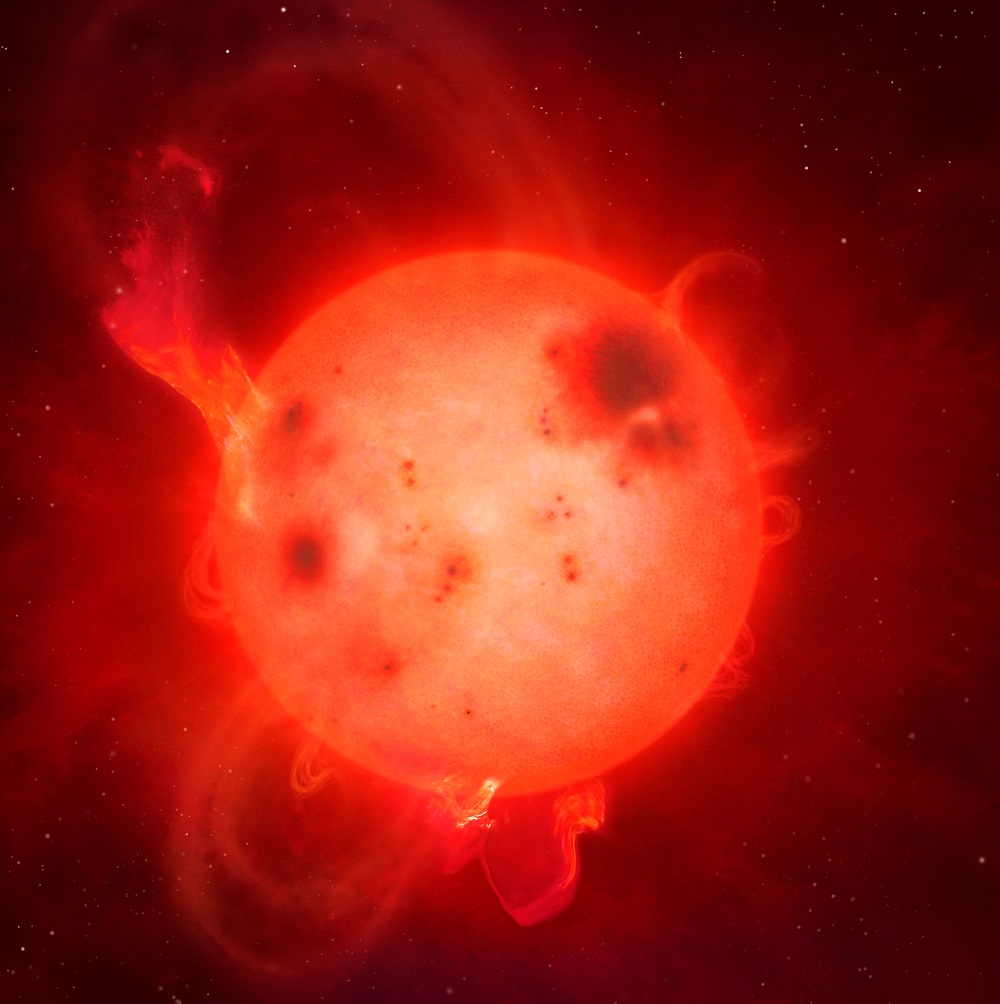
You can be thankful that we orbit a placid, main sequence, yellow dwarf star. Astronomers recently spied a massive superflare on a diminutive star, a powerful, radiation spewing event that you wouldn’t want to witness up close.
Continue reading “Astronomers Catch a Superflare From a Puny Star”Astro-Challenge: Spotting Slender Moons
Up for a challenge? Some of the toughest targets for a backyard observer involve little or no equipment at all. Northern hemisphere Spring brings with it one of our favorite astronomical pursuits: the first sighting of the extremely thin, waxing crescent Moon. This unique feat of visual athletics may be fairly straight forward, requiring nothing more than a working pair of Mk-1 eyeballs… but it’s tougher than you think. The angle of the evening ecliptic in the Spring is still fairly high for mid-northern latitudes, taking the Moon up and out of the weeds when it reaches waxing crescent phase.
Continue reading “Astro-Challenge: Spotting Slender Moons”SOFIA Follows the Sulfur for Clues on Stellar Evolution
The high-flying SOFIA telescope is shedding light on where some of the basic building blocks for life may have originated from. A recent study published on The Astrophysical Journal: Letters led by astronomers from the University of Hawaii, including collaborators from the University of California Davis, Johns-Hopkins University, the North Carolina Museum of Natural Sciences, Appalachian State University, and several international partners (including funding from NASA), looked at a lingering mystery in planet formation: the chemical pathway of the element sulfur, and its implications and role in the formation of planets and life.
Continue reading “SOFIA Follows the Sulfur for Clues on Stellar Evolution”See the Moon Photobomb Saturn in an Amazing Capture
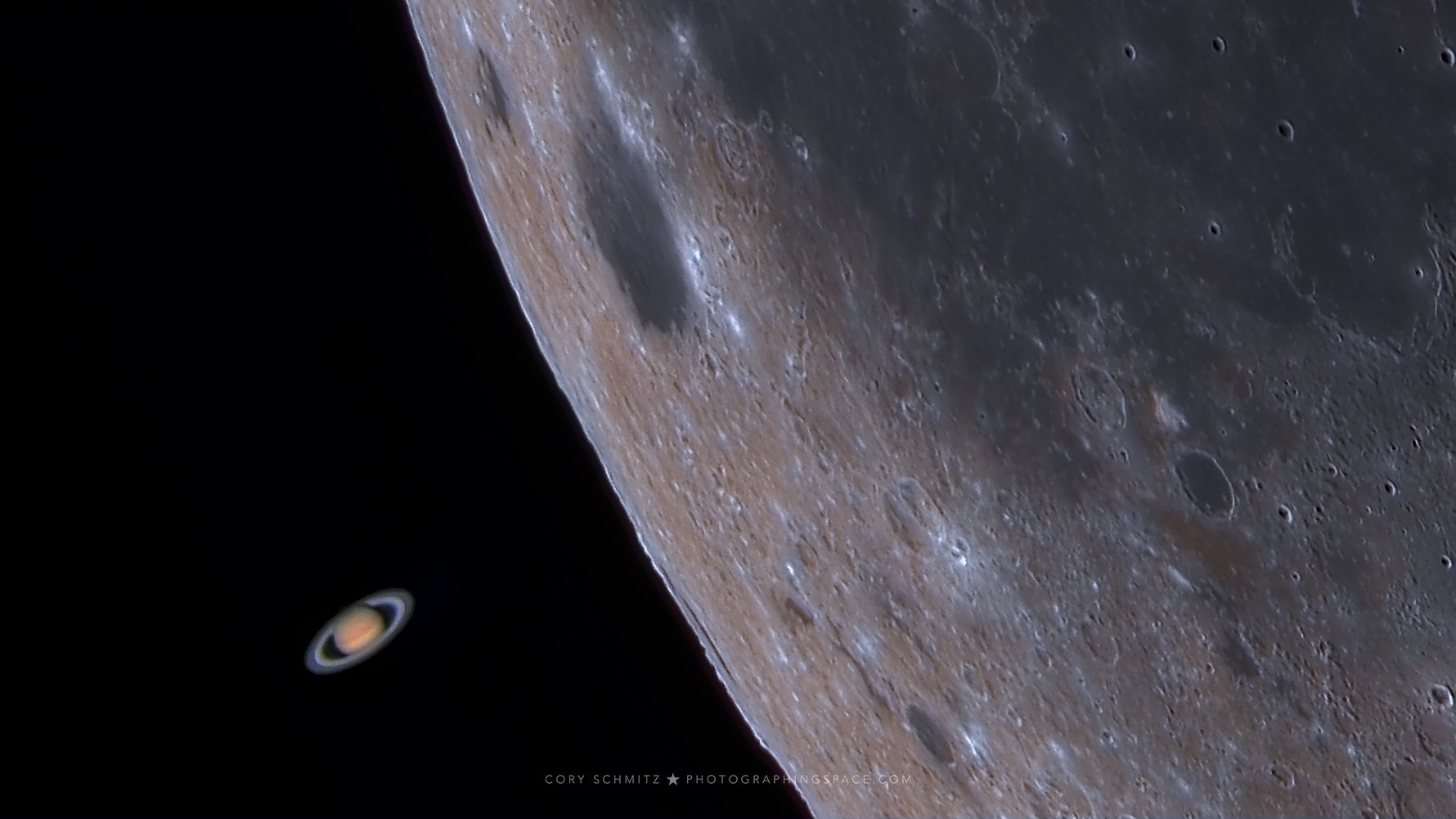
Welcome to Saturn, as you’ve probably never seen it. It’s always awe-inspiring to see the clockwork motion of the heavens, transpire in real time. In a slow motion Universe, occultations give us the chance to see the cosmos pull off a celestial hat-trick. This can appear as a split second-type of event—such as when the Moon, a planet or an asteroid winks out a distant star—or transpire as a leisurely affair as the Moon covers, then uncovers the disk of a planet.
Continue reading “See the Moon Photobomb Saturn in an Amazing Capture”Spot Failed Soviet Venus Probe Kosmos 482 in Earth Orbit
A ghost from the old Soviet space program may return to Earth in the coming years. Mimicking a campy episode of the 70s series The Six Million Dollar Man, a Soviet Venus lander stranded in Earth orbit will eventually reenter the atmosphere, perhaps as early as late 2019. Fortunately, this isn’t the “Venus Death Probe” that the Bionic Man Steve Austin had to defeat, but Kosmos 482 is part of a fascinating forgotten era of the Space Age and one you can track down in the night sky, with a little skill and patience.
Continue reading “Spot Failed Soviet Venus Probe Kosmos 482 in Earth Orbit”Comet Y1 Iwamoto Tops Out in February
Every year produces a handful of binocular comets, and the first one for 2019 is coming right up, with a fine apparition for Comet C/2018 Y1 Iwamoto.
Continue reading “Comet Y1 Iwamoto Tops Out in February”When Does the Sun Rise… Really?
It’s strange but true. We may not fully understand one of the simplest metrics in observational astronomy: just what time does the Sun rise… really?
Continue reading “When Does the Sun Rise… Really?”Top Astronomy Events For 2019
You might’ve heard the news. We wrote a book this past year: The Universe Today’s Ultimate Guide to Observing the Cosmos: Everything You Need to Know to Become an Amateur Astronomer. Judging from reader feedback thus far, one of the most popular parts of the book is Chapter 10, where we list the top astronomical events by year for the coming six years. True story… we picked six (2019 to 2024) to stretch out the list to touch on the April 8th, 2024 total solar eclipse. Continue reading “Top Astronomy Events For 2019”


